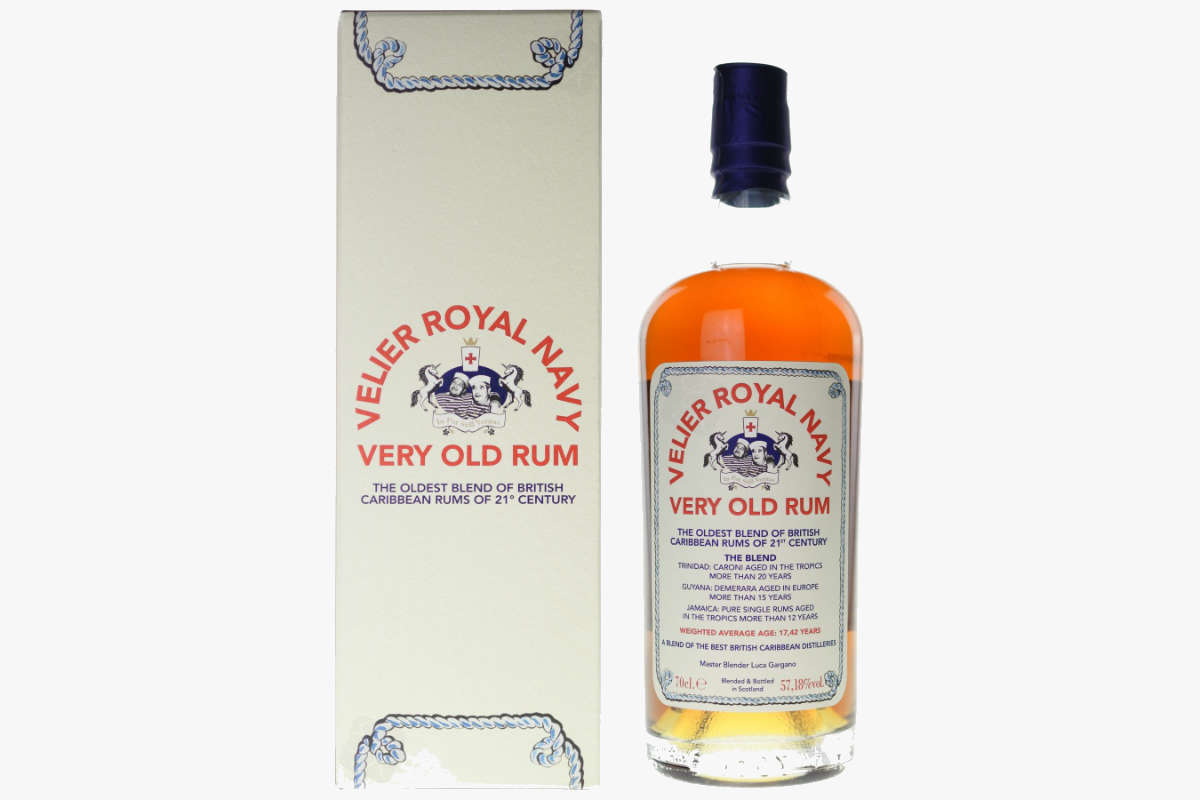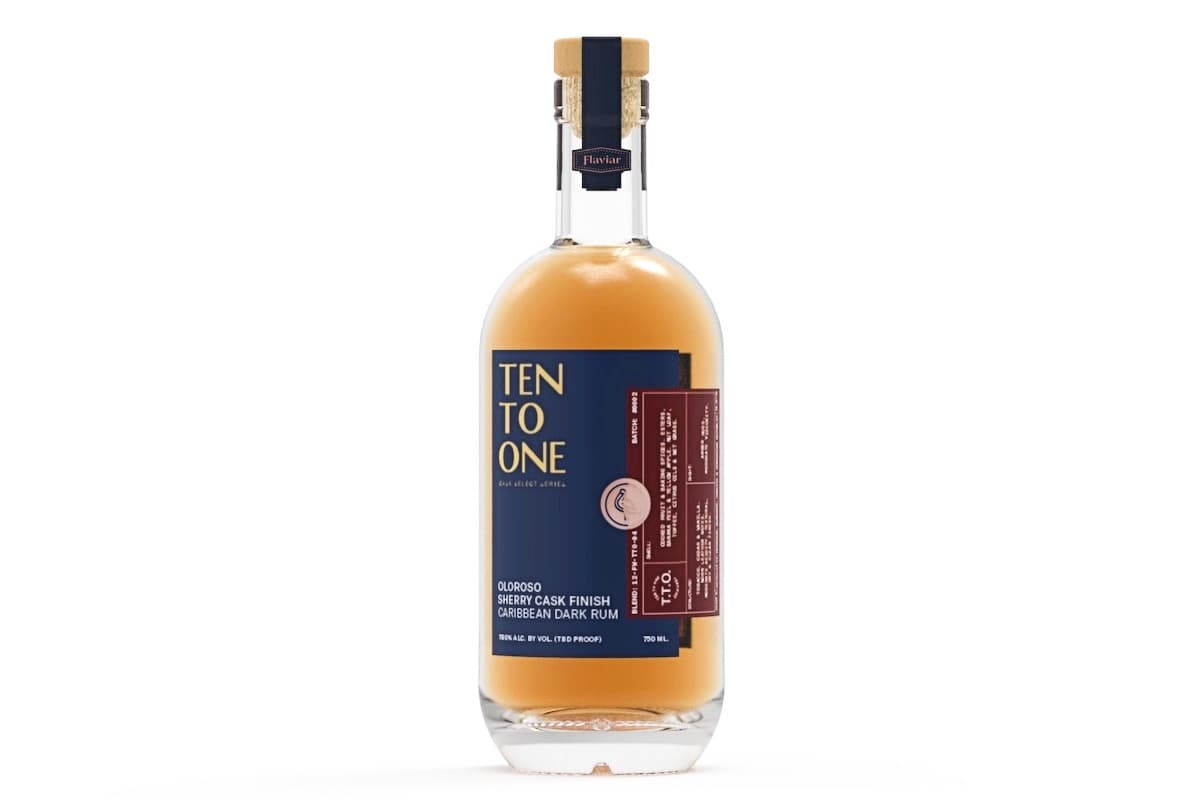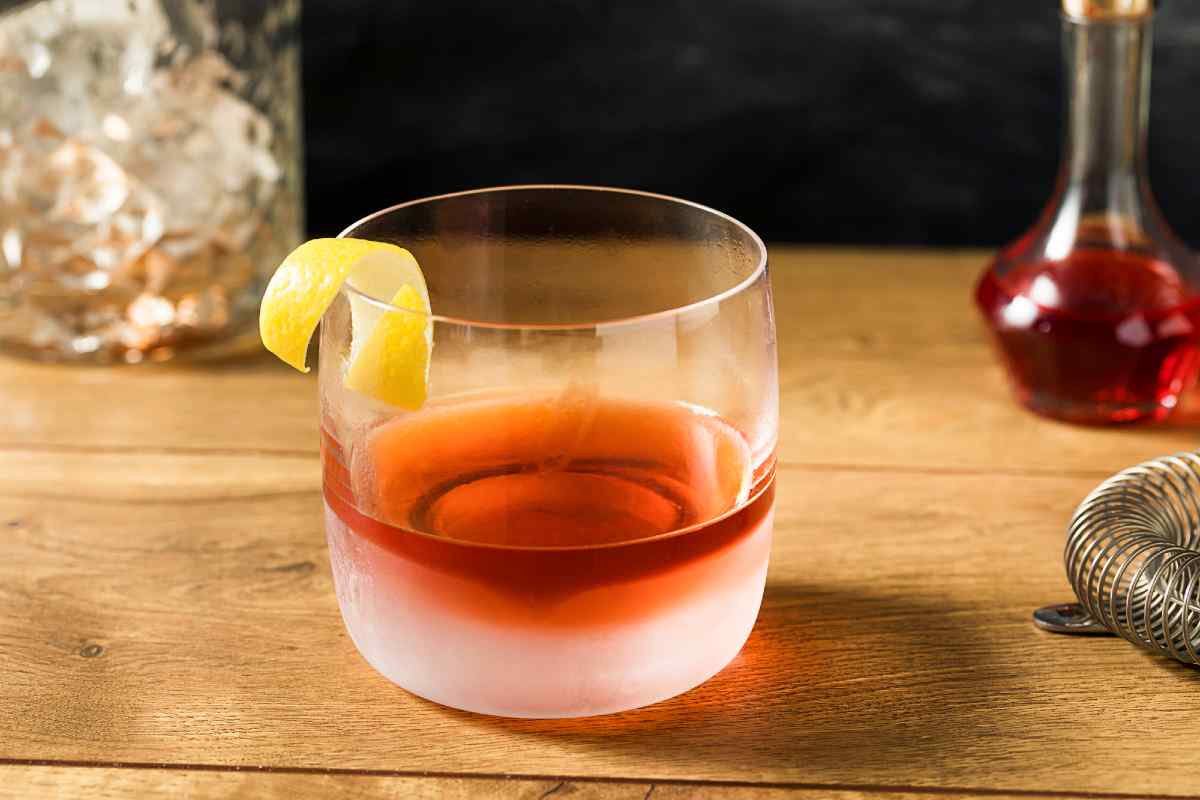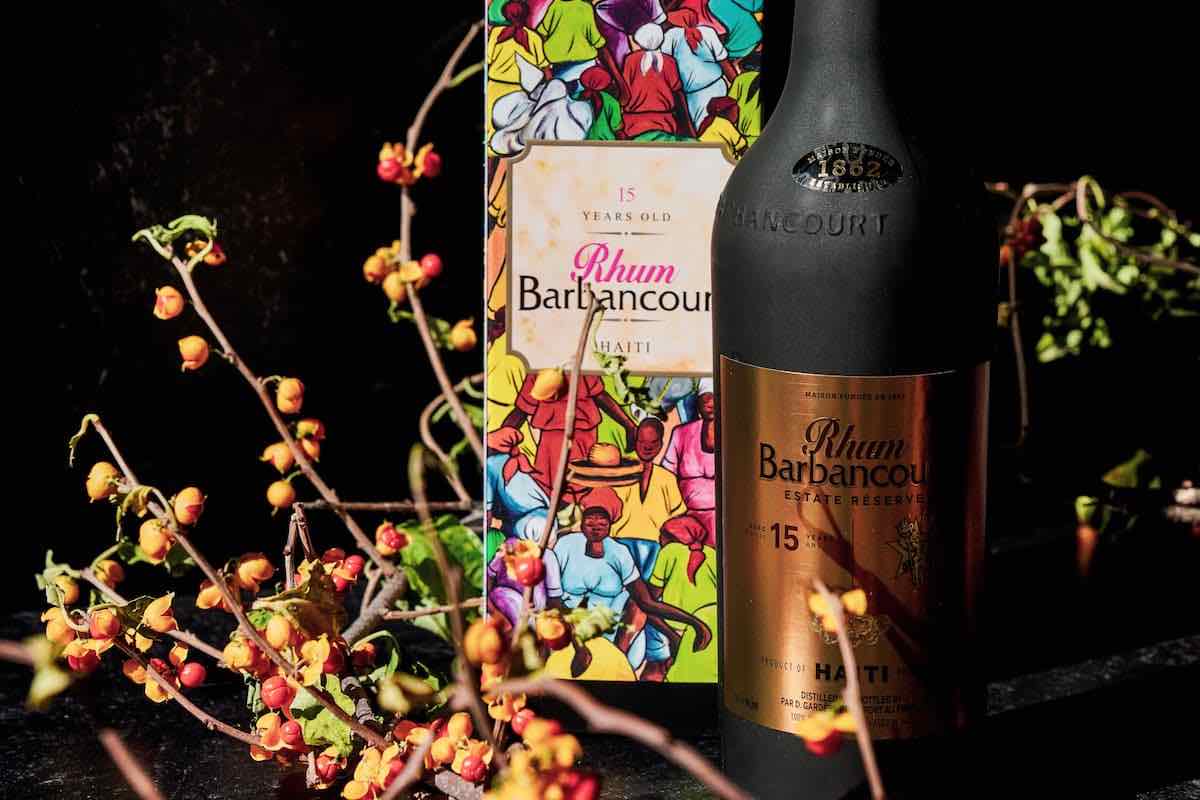This is part two of an interview series with Luca Gargano. Read part one.
To briefly recap Luca Gargano’s CV, the Velier SpA CEO is among the most knowledgeable people anywhere regarding both the history of rum and the modern rum world. His advocacy challenges outdated stereotypes and promotes today’s artisanal rums as worthy of recognition alongside the finest whiskeys and brandies.
In part two of our conversation, Gargano talks about truth in labeling, geographical indications, and tropical aging—all red-hot topics in today’s rum world. Gargano is known for insisting on tropical aging. However, it’s easy for independent bottlers to get started with continental aged rum, often purchased from Liverpool-based Main Rum, a company that imports, blends, and sells bulk rums. So, we’ll start there.
The transcript has been lightly edited for clarity.
Matt Pietrek: What’s your take on tropical versus continental aging? Is there room for both?
Luca Gargano: For me, the problem is different. I am very happy that there are rums from European people with stocks in Europe. This is not a problem for me. They are probably very good rums. It’s impossible that Hampden or Foursquare rums become bad because they are aged in Scotland or Holland. The problem is completely different. The problem is the distillery and origin statement.
With scotch whisky, you can’t age it outside Scotland. You can’t make bourbon whiskey aged outside America. You can’t make a grappa if it’s not aged in Italy. Mezcal is the same. Cognac is the same. So, why with rum can you use the name of a producer and the country of origin? If you use the name of a producer, you are misleading the consumer because people think, “Is it Foursquare?” Or, “Is it Barbados rum?” And it is not a Barbados rum.
[There are internationally recognized regulations regarding what can be labeled as scotch, bourbon, cognac, and other spirits. However, existing regulations for different types of rum are either not internationally enforced or non-existent. —MP]
I can also buy continental aged rum. I can make my own brand. I make my own blend, and I sell it. But why do you have to use an origin name, when there is no other category of spirits that you can use the local name? You understand? This is the real problem.

Velier Foursquare Rums: Destino and Veritas
Is it fair to summarize your issues as the way rums are labeled?
Yes. First there is the legal use of trademarks. Secondly, the origin. When you say Barbados rum, I repeat, it has to be aged in Barbados. Third, in rum there is yet another difference. The angel’s share [of Caribbean rum] is not like if I aged scotch whisky in Italy. I can’t do that—that is forbidden in Italy. But the angel’s share is quite the same [in Scotland and Italy]. When you age in Europe, the angel’s share is one or two percent and in the Caribbean it is six to 12 percent, so there is also a problem in price.
[Gargano is saying that if you aged the same Caribbean rum in two different locales, like the Caribbean and Europe, the resulting products are very different because of the aging conditions and evaporative losses. However, they can both be labeled the same, e.g. “Barbados rum.”—MP]
Some people say that geographical indications like the AOC and Italian DOC are there to protect producers. But you explain it differently. Tell me about that.
Probably people think that the scotch whisky designation is a protection of scotch whisky, and not a validation of an output, a food output. The reason to do this was to give value. To say, “Wow, look, this place makes a type of unique spirit or wine.” So there was the DOC (denominazione di origine controllata) that states “This wine—Chianti—is zoned in that region.” It’s not to protect the name Chianti. It’s because Chianti can only be made there.
There are different types of Barbados rum. But the real Barbados rum could be produced only if it is aged in Barbados because of the terroir. Now if I were to move my Marie Galante distillery, Rhum Rhum, two kilometers away, it would be different. But it remains in Marie Galante. But if I move and age the rum in Italy, I can’t say that it is a Marie Galante rhum.
I do a Velier Royal Navy rum that is 100 percent tropical, but I don’t say what is inside. If the independent bottlers are clever, they can beat the other brands without inferring they were distilled and aged at a specific distillery.

Velier Royal Navy Very Old Rum
How do you suggest they accomplish this?
Do your product. Do your blend. I am very happy that Main Rum and E&A Scheer exist. They sell rum to companies that make their own brands, like Lamb’s Navy, Lemon Hart, Myers’s. You make what you want, and you build your brand. This was the job of E&A Scheer and the others. I started to do a specific bottling in 1991 with Bally, and then I did it with the Demerara rum. Then in the beginning of 2000, everybody else started. They use the name of a producer at the counter to give a certain cachet.
I do a good product. If it’s good, you drink it. Then, personally, I can tell you in my next Velier Royal Navy that I have Worthy Park, and this and this. You understand? Why do I have to use this distillery name on the label? If you buy from E&A Scheer, you can do fantastic rums. But the moment you specify the region, the country of origin, the name of the producer on the label, you are misleading the consumer.
It’s like saying, “Champagne, produced in Champagne, aged in Italy.” What is it? It’s not a Champagne.
I understand your point. However, there are quite a few rum enthusiasts who like that level of transparency. They want to know everything about the contents of the bottle.
It seems like transparency, but it is misleading. If I take a bottle and see “Distilled at Foursquare,” I think it is a Foursquare. If it’s aged in Holland, you have to say, “Distilled at Foursquare, aged in Holland.” What does that mean? Nothing. It is not a Foursquare. So, it’s better that you not do this, and you call it for example, “Gargano Pure Single Rum. Made with Caribbean rums.”
You do your best rums, and in five years, everybody will buy the Gargano Pure Single Rum.



